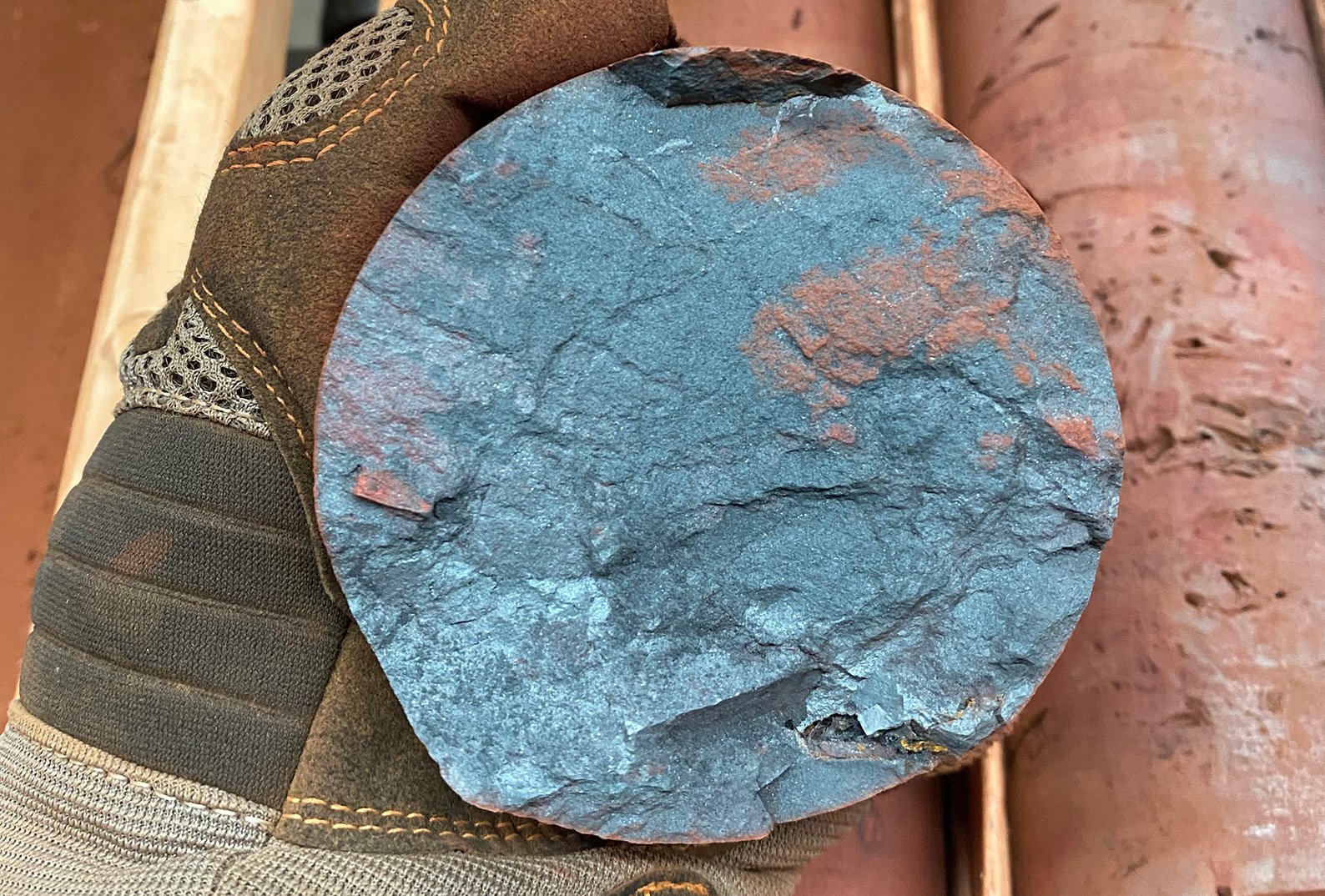
Araştırmacılar, erken insanlarda kıvırcık saçların evriminin, ekvatoral Afrika’da güneş ısısından etkili koruma sağlayan ve terleme ihtiyacını azaltan çok önemli bir uyarlanabilir özellik olduğunu öne sürüyorlar. Bu pasif soğutma mekanizmasının, suyu koruyarak ve ısıyı azaltarak beyin gelişimini sağlaması mümkündür. Çalışma, saç dokusunun evrimsel rolüne dair yeni bilgiler sağlıyor.
Derin kıvırcık saç derisi, ilk insanları güneşin parlak ısısından koruyarak, beyinlerinin modern insanlarınkine benzer boyutlara büyümesini sağladı.
İnsan saçı dokularının vücut ısısını düzenlemede oynadığı rolü araştıran araştırmacılara göre, kıvırcık saçlar güzel görünmekten daha fazlasını gösteriyor. Bulgular, insan beyninin günümüz boyutlarına ulaşmasını sağlayan evrimsel adaptasyona ışık tutabilir.
Pennsylvania Eyalet Üniversitesi’nde antropoloji profesörü olan Nina Jablonski, “İnsanlar, her yıl güneşin tüm gün tepede olduğu ekvatoral Afrika’da gelişti” dedi. Burada kafa derisi ve başın tepesi, ısı şeklinde çok daha sabit seviyelerde yoğun güneş radyasyonu alır. Bunun saçımızın evrimini nasıl etkilediğini anlamak istedik. Sıkıca kıvrılmış saçların insanların sakin kalmasına ve aslında hidrasyondan tasarruf etmesine izin verdiğini bulduk.”

Sıkıca kıvırcık (solda) ve düz (sağda) insan saçı peruk takan termal manken. Trol, vücut ısısını simüle etmek için elektrik enerjisi kullanır ve bilim adamlarının insan derisi ile çevre arasındaki ısı transferini incelemesine olanak tanır. İnsan saçı dokusunun vücut ısısını düzenlemede oynadığı rolü inceleyen yeni bir araştırma, sıkıca kıvrılmış saçların güneşin radyan ısısından en iyi korumayı sağlarken serin kalmak için terleme ihtiyacını azalttığını ortaya koyuyor. Kredi bilgileri: George Haveneth, Loughborough Üniversitesi
Araştırmacılar, vücut ısısını simüle etmek için elektrik enerjisini kullanan ve bilim adamlarının insan derisi ile çevre arasındaki ısı transferini incelemesine olanak tanıyan insan şeklindeki bir model olan termal bir manken ve değişen saç dokularının güneşten ısı kazanımını nasıl etkilediğini incelemek için bir insan saçı peruğu kullandılar. enerji. radyasyon. Bilim adamları cüceyi 95 derecelik sabit bir yüzey sıcaklığını koruyacak şekilde programladılar.[{” attribute=””>Fahrenheit (35 degrees Celsius), similar to the average surface temperature of skin, and set it in a climate-controlled wind tunnel.
The team took base measurements of body heat loss by monitoring the amount of electricity required by the manikin to maintain a constant temperature. Then they shined lamps on the manikin’s head to mimic solar radiation under four scalp hair conditions — none, straight, moderately curled, and tightly curled.
The scientists calculated the difference in total heat loss between the lamp measurements and the base measurements to determine the influx of solar radiation to the head, explained George Havenith, director of the Environmental Ergonomics Research Centre at Loughborough University, U.K., who led the manikin experiments. They also calculated heat loss at different windspeeds and after wetting the scalp to simulate sweating. They ran their results through a model to study how the diverse hair textures would affect heat gain in 86-degree Fahrenheit (30 degrees Celsius) heat and 60% relative humidity, like environments in equatorial Africa.
The researchers found that all hair reduced solar radiation to the scalp, but tightly curled hair provided the best protection from the sun’s radiative heat while minimizing the need to sweat to stay cool. They reported their findings on June 6, 2023, in the Proceedings of the National Academy of Sciences.

A graphic showing how scientists used a thermal manikin and human hair wigs to measure heat transfer from the scalp. Credit: Melisa Morales Garcia
“Walking upright is the setup and brain growth is the payoff of scalp hair,” said Tina Lasisi, who conducted the study as part of her doctoral dissertation at Penn State. Lasisi will start as an assistant professor of anthropology at the University of Michigan in the fall.
As early humans evolved to walk upright in equatorial Africa, the tops of their heads increasingly took the brunt of solar radiation, explained Lasisi. The brain is sensitive to heat, and it generates heat, especially the larger it grows. Too much heat can lead to dangerous conditions like heat stroke. As humans lost much of their body hair, they developed efficient sweat glands to keep cool, but sweating comes at a cost in lost water and electrolytes. Scalp hair likely evolved as a way to reduce the amount of heat gain from solar radiation, thereby keeping humans cool without the body having to expend extra resources, said Lasisi.
“Around 2 million years ago we see Homo erectus, which had the same physical build as us but a smaller brain size,” she said. “And by 1 million years ago, we’re basically at modern-day brain sizes, give or take. Something released a physical constraint that allowed our brains to grow. We think scalp hair provided a passive mechanism to reduce the amount of heat gained from solar radiation that our sweat glands couldn’t.”
The multidisciplinary research provides important preliminary results for bettering our understanding of how human hair evolved without putting humans in potentially dangerous situations, said Jablonski.
The study also shows that evolutionary anthropologists have an extra tool in the thermal manikin – normally used for testing the functionality of protective clothing – for quantifying human data that is otherwise very difficult to capture, added Havenith.
“The work that’s been done on skin color and how melanin protects us from solar radiation can shape some of the decisions that a person makes in terms of the amount of sunscreen needed in certain environments,” said Lasisi. “I imagine that similar decision-making can occur with hair. When you think about the military or different athletes exercising in diverse environments, our findings give you a moment to reflect and think: is this hairstyle going to make me overheat more easily? Is this the way that I should optimally wear my hair?”
Reference: “Human scalp hair as a thermoregulatory adaptation” by Tina Lasisi, James W. Smallcombe, W. Larry Kenney, Mark D. Shriver, Benjamin Zydney, Nina G. Jablonski and George Havenith, 6 June 2023, Proceedings of the National Academy of Sciences.
DOI: 10.1073/pnas.2301760120
Also contributing to the research were James Smallcombe, Loughborough University and the University of Australia; and from Penn State Larry Kenney, professor of physiology, kinesiology and Marie Underhill Noll Chair in Human Performance; Mark Shriver, professor of anthropology; and Benjamin Zydney, previously an undergraduate research assistant and now a Penn State alum.
The National Science Foundation and the Wenner-Gren Foundation supported this work.

“Analist. Tutkulu zombi gurusu. Twitter uygulayıcısı. İnternet fanatiği. Dost pastırma hayranı.”





More Stories
Bilim insanları dünyadaki en büyük demir cevheri yataklarında milyar yıllık bir sırrı keşfetti
Fosillere göre tarih öncesi deniz ineği, timsah ve köpekbalığı tarafından yenildi
Büyük bir bindirme fayı üzerine yapılan yeni araştırma, bir sonraki büyük depremin yakın olabileceğini gösteriyor